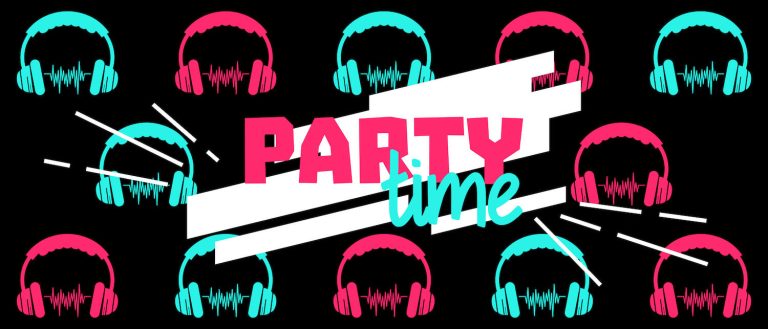The Billion-Dollar TikTok Tax Scandal Unveiled

A staggering $1.7 billion disbursed in deceptive reimbursements, an additional $2.7 billion in fraudulent claims thwarted, more than 56,000 suspected culprits, and over 100 arrests thus far. How did the TikTok tax scandal spiral out of control?
Initially marketed as a victimless exploit that funneled substantial sums into your bank account, participating in this hack was as simple as adhering to step-by-step instructions. The streamlined process, originally intended to facilitate easy business startup under Australia’s self-assessment system, inadvertently facilitated the rapid proliferation of what became known as the ‘TikTok fraud.’
So, how did it all transpire?
Sometime in 2021, instructional videos began circulating, revealing how to manipulate the Australian Taxation Office (ATO) into depositing money into your bank account. Not quite a loan, but a hack that occasionally funneled substantial sums into accounts with no questions asked. As this message gained traction and more people corroborated its effectiveness, intermediaries emerged. All one had to do was provide their personal information to these facilitators, who would handle the rest.
The fraudsters concocted fake businesses, applied for Australian Business Numbers (ABNs), often using their own names, and subsequently submitted fictitious Business Activity Statements (BAS) to claim Goods and Services Tax (GST) refunds.
By late 2021, banks began noticing a surge in suspicious activity, primarily in the form of unusually large refunds credited to these accounts. In some instances, even individuals receiving government assistance from Centrelink were receiving substantial credits from the ATO. As required by the Anti-Money Laundering & Counter-Terrorism legislation, banks froze numerous accounts and reported these suspicious transactions, including to the ATO.
In April 2022, the ATO initiated Operation Protego to disrupt the rampant surge in GST refund fraud perpetrated by individuals not genuinely engaged in business activities. Unfortunately, by that point, the strategy had gone viral.
By May 2022, the average GST refund payout amounted to $20,000, claimed by approximately 40,000 people. The ATO admitted to disbursing around $850 million in potentially fraudulent claims by this time. By June 2022, this figure had ballooned to $1.2 billion, but the ATO had managed to stem the tide by rejecting $1.7 billion in fraudulent claims, leading to the issuance of search warrants and the apprehension of those promoting the scheme.
It remains perplexing how an estimated 56,000 Australians were lured into the belief that a hack had been unearthed, allowing them to obtain thousands of dollars in tax refunds essentially as a ‘loan’ from the ATO. Under normal circumstances, the ATO is not renowned for its sporadic generosity or lax attitude toward tax revenue; quite the contrary, in fact.
Furthermore, why so many individuals accepted this viewpoint, as propagated on TikTok, despite the fact that engaging in the fraud necessitated fabricating records at multiple stages, is equally confounding. Regrettably, naivety does not serve as a valid defense against fraud.
Trapped in the Web?
“The ATO has a zero-tolerance policy for any fraudulent or corrupt activities that could impact its operations in any way.”
The TikTok tax fraud is expansive, with multiple layers of impact on the 56,000 taxpayers ensnared in its web.
The innermost circle comprises the scheme’s promoters and facilitators. To date, over 100 individuals have been arrested, including members of outlaw motorcycle gangs, organized criminal syndicates, and youth crime organizations. More than 10 people have been convicted for their involvement. The maximum penalty for promoting a tax fraud scheme is a 10-year prison sentence.
The second circle includes those actively participating in the scheme—individuals who declared themselves as running a business, obtained an ABN, and submitted GST refund claims for expenses they did not actually incur. For those who received fraudulent GST refunds, repayment will be necessary, penalties are likely, and there is a risk of criminal prosecution. If the ATO has already contacted you, cooperation will be crucial in reducing penalties and preventing escalation to criminal charges. If you were involved in the GST refund fraud but have not yet been contacted by the ATO, it is imperative to collaborate with them promptly to disclose and address the issue.
What’s the Path Forward for Identity Theft Victims?
The third circle comprises unwitting victims of identity theft, whose information was exploited to generate fraudulent GST refunds. The ATO has received reports of individuals offering to buy and sell myGov account details to gain access to these refunds.
Within the accounting community, discussions suggest that the ATO is currently inundated with the fallout, not only from the TikTok GST refund fraud but also from identity theft in general. Therefore, it is advisable to remain vigilant regarding your myGov account and, if you notice any suspicious activity, contact the authorities without delay.